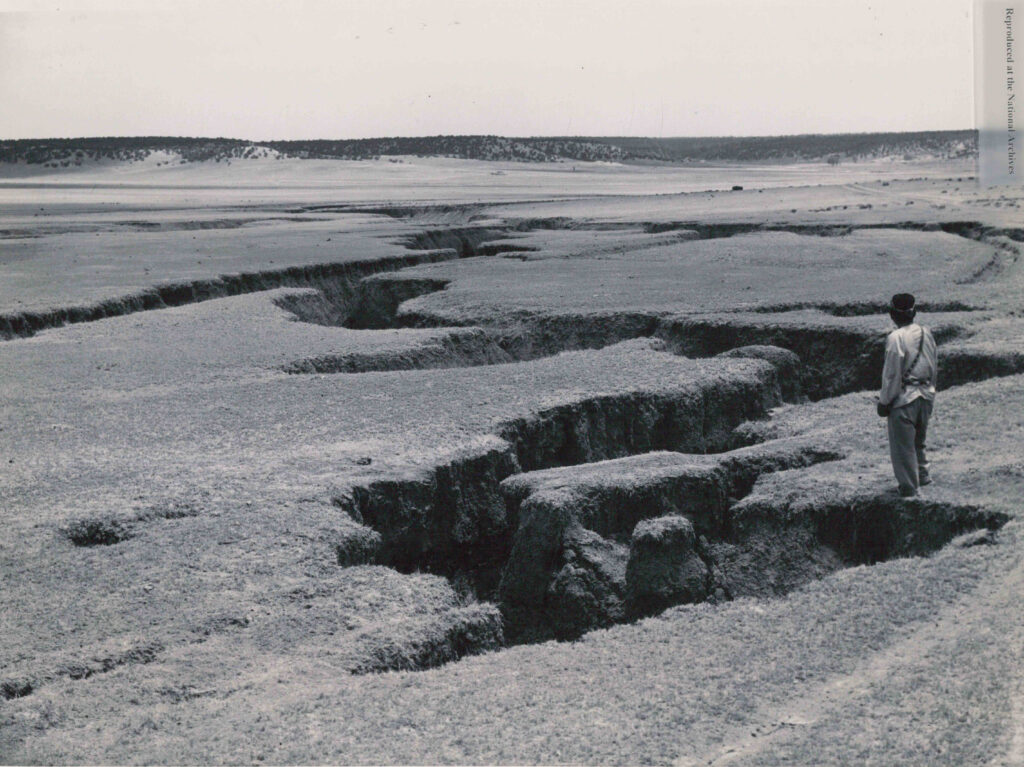When we look at a fossil in a museum, we’re witnessing the remarkable culmination of geological processes that have preserved evidence of ancient life against tremendous odds. Earthquakes and erosion—forces typically associated with destruction—play surprisingly nuanced roles in the fossil record. These powerful natural phenomena can simultaneously destroy potential fossils and create ideal conditions for their preservation and discovery. This fascinating interplay has shaped our understanding of Earth’s biological history, from the smallest marine creatures to the most massive dinosaurs. In this article, we’ll explore the complex relationship between seismic activity, erosional processes, and the preservation of prehistoric life forms that allows us to glimpse into our planet’s distant past.
The Fundamentals of Fossil Formation

Fossilization begins with the death of an organism and requires a specific set of circumstances to preserve remains before they decompose or scatter. Typically, rapid burial in sediment provides the best chance for preservation, protecting the remains from scavengers, bacteria, and weather. Over time, minerals from surrounding groundwater infiltrate the remains, replacing original biological materials in a process called permineralization. This delicate process requires stable conditions over thousands or millions of years, which seems at odds with disruptive forces like earthquakes and erosion. However, the interactions are far more complex, with these geological forces sometimes creating perfect preservation environments. The most complete fossils often form in low-energy environments like still lakes or lagoons, where fine sediments can gently entomb remains, though catastrophic events like volcanic eruptions or sudden mudslides can also create exceptional preservation conditions.
Earthquakes as Agents of Rapid Burial

Earthquakes can trigger catastrophic events that lead to exceptional fossil preservation through rapid burial mechanisms. When seismic activity causes landslides, mudflows, or sudden sediment collapses, organisms can be quickly entombed in protective layers that shield them from decomposition and scavengers. The famous Burgess Shale in Canada, one of the world’s most important fossil sites, likely formed when earthquake-triggered underwater landslides rapidly buried marine communities, preserving soft-bodied organisms that would normally decompose without a trace. Similarly, at Pompeii, though volcanic rather than seismic, the catastrophic burial preserved a moment in time with remarkable detail. These rapid burial events can create “Lagerstätten” – fossil deposits of exceptional preservation quality that provide unique windows into ancient ecosystems. Without such catastrophic events, many soft-bodied organisms would leave no fossil record at all.
Fault Lines and Fossil Beds

Fault zones often become unexpected treasure troves for paleontologists due to their unique geological properties. When earthquakes occur along fault lines, they can juxtapose rock layers of different ages, bringing fossil-bearing strata closer to the surface where they become accessible to researchers. The famous La Brea Tar Pits in Los Angeles sit along a fault zone that helped create the conditions for this remarkable fossil site, where thousands of Ice Age specimens have been recovered. Faults also create pathways for mineral-rich fluids that aid in the fossilization process, enhancing preservation through rapid mineralization. Additionally, the repeated movement along fault lines can create basins where sediments accumulate rapidly, providing ideal conditions for fossil formation. Paleontologists often specifically target areas with historical fault activity when searching for new fossil sites, recognizing that these dynamic geological zones frequently yield remarkable discoveries.
Erosion: Destroyer and Revealer

Erosion presents a fascinating paradox in paleontology—it simultaneously threatens existing fossils while exposing new ones for discovery. Wind, water, and ice gradually wear away at rock layers, sometimes damaging or destroying fossils that took millions of years to form. Yet this same process is responsible for revealing fossils that would otherwise remain buried deep within the Earth’s crust, inaccessible to scientists. The badlands of Alberta, Canada, and Montana, US, exemplify this dual nature, where erosional forces have carved away sedimentary layers to expose remarkable dinosaur remains. Without erosion, many of the world’s most significant fossil discoveries would never have occurred. Paleontologists often conduct “prospecting” trips after heavy rains or storms, knowing that fresh erosion may have exposed new specimens. This delicate balance between destruction and revelation makes erosion both an ally and adversary to fossil preservation.
Sedimentary Basins: Nature’s Fossil Vaults

Sedimentary basins represent nature’s most effective fossil preservation systems, acting as natural repositories where remains can accumulate over millions of years. These large-scale depressions in the Earth’s crust form through various tectonic processes, including earthquake activity that creates down-dropped blocks between fault lines. As sediments continuously accumulate in these basins, they bury and protect organic remains from destructive surface processes. The Green River Formation in Wyoming, Utah, and Colorado exemplifies a perfect preservation environment, where fine-grained lake sediments accumulated in a basin created by tectonic activity, preserving exquisite fish fossils with remarkable detail. The progressive subsidence of these basins allows for the accumulation of thick sedimentary sequences that span vast periods, creating a stratigraphic record of evolutionary history. Without tectonically formed sedimentary basins, our fossil record would be drastically reduced, particularly for terrestrial organisms whose remains typically face more challenging preservation conditions than marine life.
Turbidites and Underwater Landslides

Underwater landslides, often triggered by earthquakes, create distinctive sedimentary deposits called turbidites that frequently contain exceptional fossil assemblages. These events occur when seismic activity destabilizes underwater slopes, causing dense mixtures of sediment and water to flow rapidly downslope, burying everything in their path. The resulting turbidite deposits show characteristic graded bedding, with coarser materials at the bottom and progressively finer sediments toward the top. The Solnhofen Limestone in Germany, famous for preserving Archaeopteryx fossils with remarkable detail, formed in lagoons where periodic storm events and possible seismic activity created conditions for exceptional preservation. These catastrophic underwater flows not only bury organisms quickly but also often transport them into oxygen-poor environments where decomposition is inhibited. The sudden nature of turbidite deposition means that entire communities can be preserved together, giving paleontologists valuable ecological information about ancient marine ecosystems. These earthquake-triggered deposits have preserved some of the most scientifically valuable fossils in the geological record.
Taphonomy: The Science of Fossil Preservation

Taphonomy, the study of what happens to organisms after death through fossilization, provides critical insights into how geological processes affect preservation. This specialized field examines everything from initial decay and disarticulation of remains to chemical changes during mineralization and subsequent alteration by geological forces. Taphonomists carefully analyze preservation biases to understand what parts of the fossil record might be missing or overrepresented. For instance, hard-shelled organisms like mollusks have a much higher preservation potential than soft-bodied creatures, creating an inherent bias in our understanding of ancient ecosystems. Earthquake and erosion effects feature prominently in taphonomic studies, as researchers examine how these forces influence which organisms become preserved and in what condition. By understanding these preservation processes, paleontologists can better interpret fossil assemblages and reconstruct more accurate pictures of prehistoric environments. Taphonomic analysis helps scientists distinguish between organisms that lived together versus those that were simply buried together through post-mortem transportation during events like earthquake-triggered floods.
Case Study: The Burgess Shale
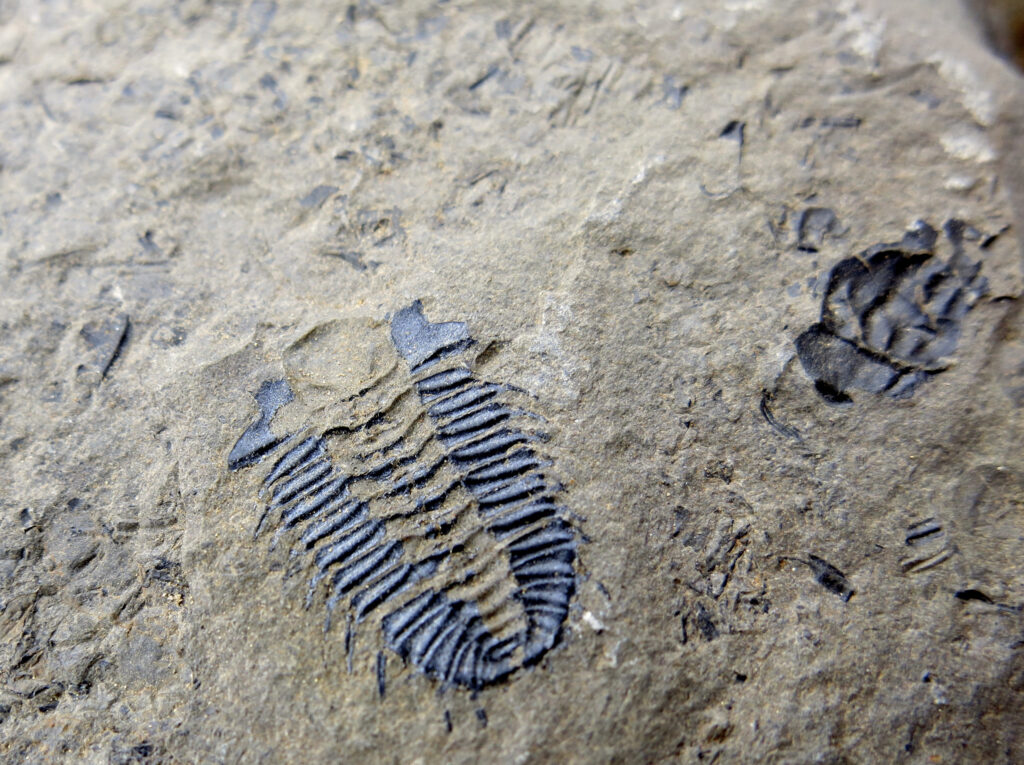
The Burgess Shale in British Columbia stands as one of paleontology’s most extraordinary sites, preserving soft-bodied marine creatures from the Cambrian Period with remarkable fidelity. This fossil treasure trove formed approximately 508 million years ago when massive submarine landslides—likely triggered by earthquakes—rapidly buried marine communities living on the ancient sea floor. The exceptional preservation captured soft tissues and delicate appendages that would normally decompose without a trace, providing unprecedented insights into early animal evolution during the “Cambrian Explosion.” Paleontologist Charles Walcott discovered this site in 1909, and it has since yielded over 65,000 specimens representing more than 120 species, many completely unknown to science before their discovery. The fine-grained mudstone entombed creatures like Hallucigenia, Anomalocaris, and Opabinia—bizarre animals that challenged existing evolutionary theories. Without the catastrophic burial event that created the Burgess Shale, our understanding of early animal evolution would be drastically limited, highlighting how seismic events can create exceptional preservation conditions that benefit paleontological research.
Volcanism, Earthquakes, and “Instant” Fossils
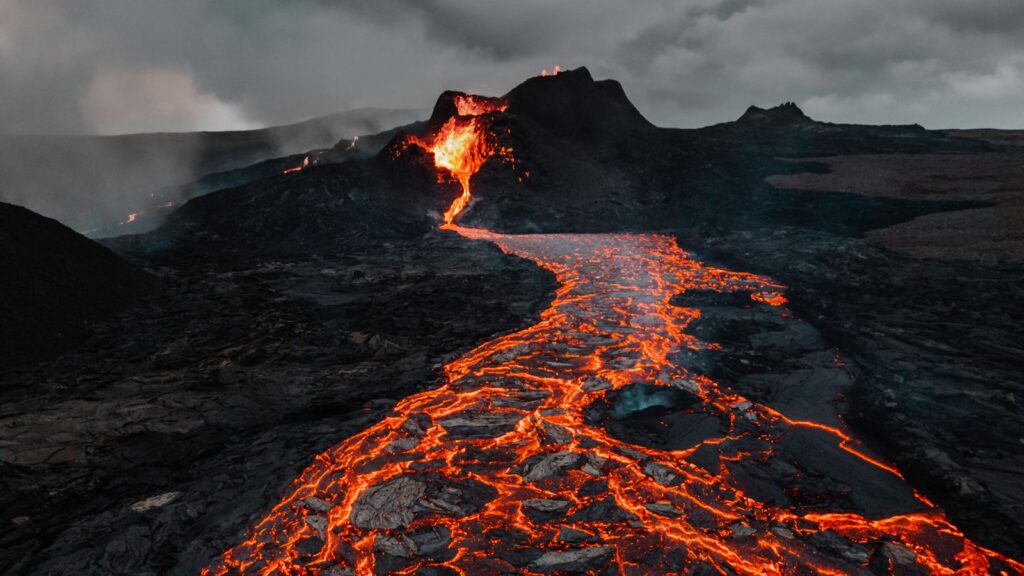
Volcanic activity, often accompanied by earthquakes, creates some of the most dramatic and well-preserved fossil assemblages through rapid burial mechanisms. The ancient Roman city of Pompeii provides a sobering example of how volcanic events can create “instant fossils,” preserving humans and animals in their final moments when Mount Vesuvius erupted in 79 CE. In paleontology, similar volcanic processes have created remarkable fossil sites like the Ashfall Fossil Beds in Nebraska, where volcanic ash buried and preserved entire rhinoceros, horse, and camel skeletons in their original articulated positions. The fine volcanic ash acts as a perfect preservation medium, capturing anatomical details that would otherwise be lost. Volcanic lahars—mudflows composed of volcanic material and water—function similarly to earthquake-triggered landslides, rapidly burying organisms and preventing scavenging or decomposition. The seismic activity associated with volcanic regions can also create basins where fossils accumulate and become preserved over time. These dramatic preservation events provide paleontologists with rare “snapshot” moments of ancient ecosystems frozen in time.
Fossil Exposure Through Uplift and Mountain Building
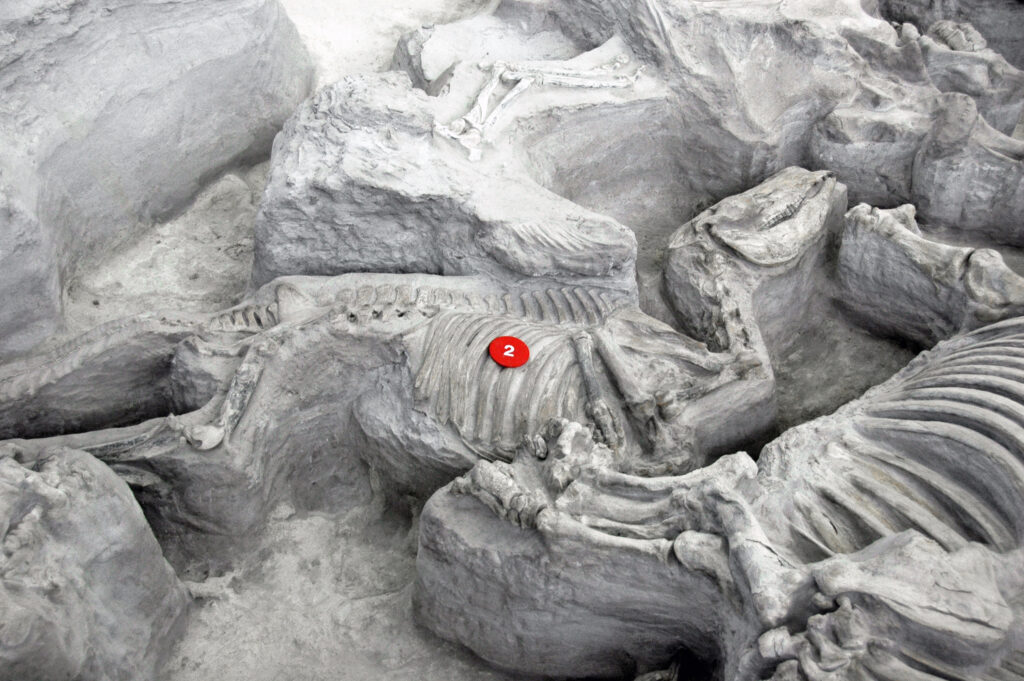
The dramatic process of mountain building, driven by tectonic forces and often accompanied by earthquakes, plays a crucial role in bringing deeply buried fossils to accessible positions near Earth’s surface. Without these uplift processes, many important fossil discoveries would remain buried beyond our reach. The spectacular marine fossils found high in the Himalayas, including ammonites and other sea creatures, demonstrate how former seabeds can be elevated thousands of meters through tectonic collision. Similarly, the rich fossil beds of the Rocky Mountains contain marine organisms that were uplifted and exposed through orogenic (mountain-building) processes. These uplift events not only raise fossil-bearing strata but also create the topographic relief necessary for erosional processes to subsequently expose the fossils. The tilting of rock layers during mountain formation can create “dipping beds” where successive layers of geologic time become accessible along mountain flanks, allowing paleontologists to sample different periods by moving across the landscape. These tectonic processes effectively transform the vertical timeline of Earth’s history into a horizontal transect that scientists can explore.
Conservation Challenges: Protecting Fossil Sites

The same geological processes that reveal fossils also threaten their long-term preservation, creating significant conservation challenges for paleontologists and site managers. Once exposed by erosion, fossils begin degrading immediately through weathering, freeze-thaw cycles, and biological processes like root growth or animal burrowing. At coastal fossil sites, accelerated erosion from storm surges and rising sea levels presents an urgent threat, potentially washing away scientifically valuable specimens before they can be properly documented. Ethical fossil collection requires careful assessment of these risks—sometimes specimens must be collected immediately to prevent their destruction, while in other cases, in situ preservation might be preferable. Many important fossil localities now employ erosion control measures like retaining walls, drainage systems, or protective coverings to slow natural deterioration. Professional paleontologists must often make difficult decisions about which sites to prioritize for conservation efforts, especially in regions prone to earthquakes or severe erosional processes. The competing interests of scientific access, natural processes, and long-term preservation create complex management challenges for significant paleontological sites worldwide.
The Future of Paleontology in a Changing Climate

Climate change introduces new dynamics to the interplay between earthquakes, erosion, and fossil preservation, creating both opportunities and challenges for paleontological discovery. Accelerated coastal erosion due to rising sea levels and increased storm intensity is exposing new fossils along shorelines worldwide, leading to important discoveries but also rapid destruction of specimens if they’re not collected quickly. Melting permafrost in Arctic regions has revealed remarkably preserved Ice Age mammals, including intact specimens with soft tissues, providing unprecedented research opportunities but presenting urgent collection challenges before decomposition occurs. Changing precipitation patterns alter erosional regimes in fossil-rich badlands, potentially exposing new specimens but also threatening established sites with more aggressive weathering. The paleontological community is developing new methodologies to address these challenges, including predictive modeling to identify areas where valuable fossils might become exposed due to climate-driven erosional changes. These accelerating changes underscore the importance of thorough documentation and collection protocols, as some fossil-bearing formations may experience significant degradation within our lifetime due to changing climate patterns.
Technological Advances in Fossil Discovery and Preservation

Modern technology has revolutionized how paleontologists locate, document, and preserve fossils affected by earthquakes and erosion. Advanced remote sensing techniques, including LiDAR (Light Detection and Ranging) and multispectral satellite imaging, allow researchers to identify promising fossil localities by detecting subtle geological signatures and erosional patterns from afar. Once fossils are discovered, photogrammetry and 3D scanning create precise digital models that preserve spatial relationships and morphological details, even if the physical specimens deteriorate or are damaged in future seismic events. In laboratories, CT scanning technology reveals internal structures of fossils without destructive sampling, while advanced chemical consolidants protect fragile specimens from further erosional damage. These technological innovations have proven particularly valuable in rapidly eroding environments or earthquake-prone regions, where fossils may have limited exposure time before being destroyed by natural processes. Digital repositories now ensure that fossil data remains accessible to researchers worldwide, creating a permanent record even if the physical specimens are lost to erosional processes. The integration of these technologies with traditional field methods has dramatically improved our ability to discover and preserve the fossil record despite the ongoing challenges posed by earthquakes and erosion.
Conclusion
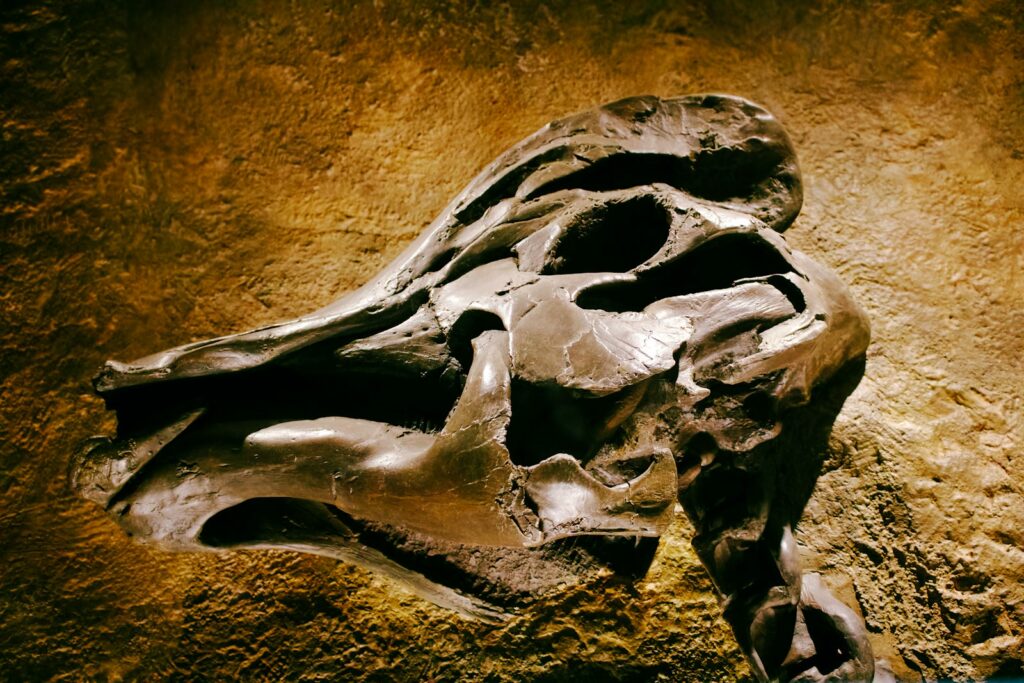
The preservation of fossils represents a delicate balance between destructive and constructive geological forces. Earthquakes and erosion, while often viewed as purely destructive phenomena, actually play essential roles in both creating and revealing the fossil record. Without seismic activity creating sedimentary basins and triggering rapid burial events, many remarkable fossils would never form. Similarly, without erosional processes exposing deeply buried strata, countless important specimens would remain hidden from science. This complex relationship reminds us that understanding Earth’s biological history requires appreciating the geological processes that both preserve and reveal it. As we face a changing climate and accelerating environmental changes, the ongoing interplay between these forces will continue to shape our understanding of life’s ancient past and provide new windows into Earth’s remarkable evolutionary history.

